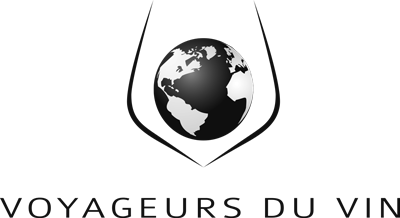History of Stag's Leap Wine Cellars
The history of Stag's Leap Wine Cellars began in 1970, when Warren Winiarski, a Harvard-educated philosophy professor turned winemaker, recognized the potential of a small prune orchard in the Stags Leap District of Napa Valley. Inspired by the region’s volcanic soils and unique microclimate, he planted Cabernet Sauvignon and set out to create wines that combined power, elegance, and terroir expression.
Winiarski’s vision bore fruit in 1973, with the first vintage of Cabernet Sauvignon from the S.L.V. vineyard (Stag's Leap Vineyard). Just three years later, this wine achieved global fame when it was declared the winner of the Judgment of Paris blind tasting in 1976, where it triumphed over some of France's most esteemed Bordeaux wines. This pivotal moment is widely regarded as a turning point in the history of Napa Valley, proving that California wines could rival the best in the world.
Throughout the 1980s and 1990s, Stag's Leap Wine Cellars expanded its reputation, refining its winemaking techniques and earning acclaim for its estate wines, particularly Cask 23, a blend of the finest lots from the S.L.V. and FAY vineyards. These wines became benchmarks for the Stags Leap District, a region officially recognized as an American Viticultural Area (AVA) in 1989, with the winery playing a leading role in its establishment.
In 2007, the winery entered a new chapter when it was acquired by Ste. Michelle Wine Estates and Antinori Family Estates, two world-renowned producers who brought their expertise and global perspective to the estate. Despite the change in ownership, the winery has maintained its focus on producing wines that express the unique terroir of the Stags Leap District. Today, under the leadership of Winemaker Marcus Notaro, Stag's Leap Wine Cellars continues to honor its rich history while innovating for the future.
Region and Vineyards
Located in the heart of the Stags Leap District, the estate spans 97 hectares (240 acres), with three renowned vineyards:
- S.L.V. (Stag’s Leap Vineyard): Known for its volcanic soils, contributing structure and intensity to the wines.
- FAY: Famous for its alluvial soils, producing wines with lush fruit, elegance, and a perfumed bouquet.
- Arcadia Vineyard: Located in Coombsville, this site focuses on Chardonnay and Sauvignon Blanc, offering vibrant and mineral-driven wines.
The Stags Leap District AVA benefits from a Mediterranean climate, with warm days that ensure ripeness and cool nights that preserve acidity and freshness. The region’s unique combination of volcanic and alluvial soils creates wines with both power and finesse.
Wine Range of Stag's Leap Wine Cellars
Stag's Leap Wine Cellars is celebrated for its exceptional range of wines, including:
- Cask 23 Cabernet Sauvignon: A flagship wine blending the finest blocks of S.L.V. and FAY, known for its complexity, elegance, and aging potential.
- S.L.V. Cabernet Sauvignon: A bold, structured wine with dark fruit and mineral notes from volcanic soils.
- FAY Cabernet Sauvignon: A lush and aromatic wine showcasing red fruit and floral elegance.
- Artemis Cabernet Sauvignon: A blend of estate-grown and Napa-sourced fruit, offering approachability and balance.
- Karia Chardonnay: A vibrant and fresh Chardonnay with mineral-driven character.
Did you know?
The Judgment of Paris in 1976, where Stag's Leap Wine Cellars’ 1973 S.L.V. Cabernet Sauvignon won, is often credited as the moment that put Napa Valley on the map. It marked the first time a California wine outshone its French counterparts in a prestigious blind tasting.
